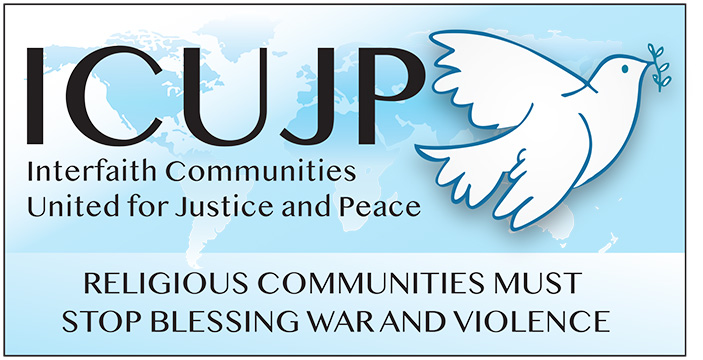I gave this reflection today at a gathering of 30 pastors and religious leaders who wanted to have affordable housing built on their church property, with guidance from our MHCH Congregational Land Committee. Our team of experts gave them aerial view maps of their property with specific information about height, density, number of units allowed, etc. Architects helped them envision different possibilities. One pastor said, "My eyes were opened!" And this sentiment was shared by many others as they envision potentials they hadn't imagined for their church property.
Religious leaders from four states (Washington, Colorado, Texas, and Northern California) were also participating in an Apprenticeship Program to learn how to provide similar advisement for interested churches in their states. In addition to technical advisement, we provided a biblical perspective that many of the pastors seemed to appreciate. This is what I shared:
We’re in the post-Easter time of the church calendar, with Pentecost only eight days from now. Pentecost is sometimes described as the birthday of the church, and it was a wild moment with people speaking in tongues with such exuberance some thought they were pixilated. After receiving the Holy Spirit, many signs and wonders were performed by the apostles, such as miraculous healings. What I’d like to talk about is how the coming of the Holy Spirit transformed believers into doers of the Word, as described in Acts 4, verses 31-35.
31 When [the believers] had prayed, the meeting place shook, and they were all filled with the Holy Spirit. Then they preached the word of God with boldness. 32 All the believers were united in heart and mind. And they felt that what they owned was not their own, so they shared everything they had. 33 The apostles testified powerfully to the resurrection of the Lord Jesus, and God’s great blessing was upon them all. 34 There were no needy people among them, because those who owned land or houses would sell them 35 and bring the money to the apostles to give to those in need.
It is clear from this passage that early Christians took
seriously Jesus’ mission statement: “The Spirit of the Lord is upon me….I have come
to proclaim good news to the poor, comfort
to the oppressed…..” Jesus ends by proclaiming the “acceptable year of the
Lord,” the year of Jubilee when prisoners
and captives were set free, all slaves were released, all debts were forgiven,
and all property was returned to its original owners.
Think about what our nation,
and our world, would be like if we practiced Jubilee economics!
Early Christians were
willing to do something that most Americans would find unthinkable: sell their
homes to help the poor. Sad to say, many
who profess to be Christians place property values above human values. They not
only don’t want to sell their homes to help the poor. They don’t want any poor
person to live near them because it might decrease their property values. This is
a myth, but this doesn’t stop people from protesting, In San Dimas, four
thousand people recently gathered to protest an affordable housing project for
seniors experiencing homelessness. They didn’t want the poor to be housed anywhere
near their community. Blessed are the poor as long as they don’t live near my
back yard!
That’s why what we are doing
is so important and so deeply biblical. Jesus didn’t care much about temples
built by human hands; he was interested in creating a compassionate community.
He probably would be too excited about the magnificent church buildings we see
in many urban centers, where fewer and fewer people are worshipping each year.
What probably would excite him was seeing his followers convert underutilized
parking into affordable housing for the poor. That’s what it means to be good
stewards, and that’s why we are here: to learn how we can make affordable housing
happen on religious land.




